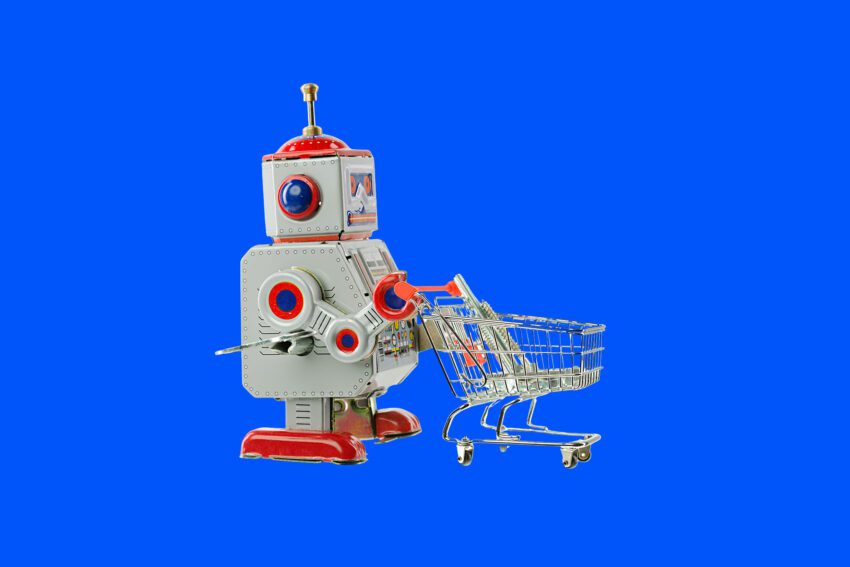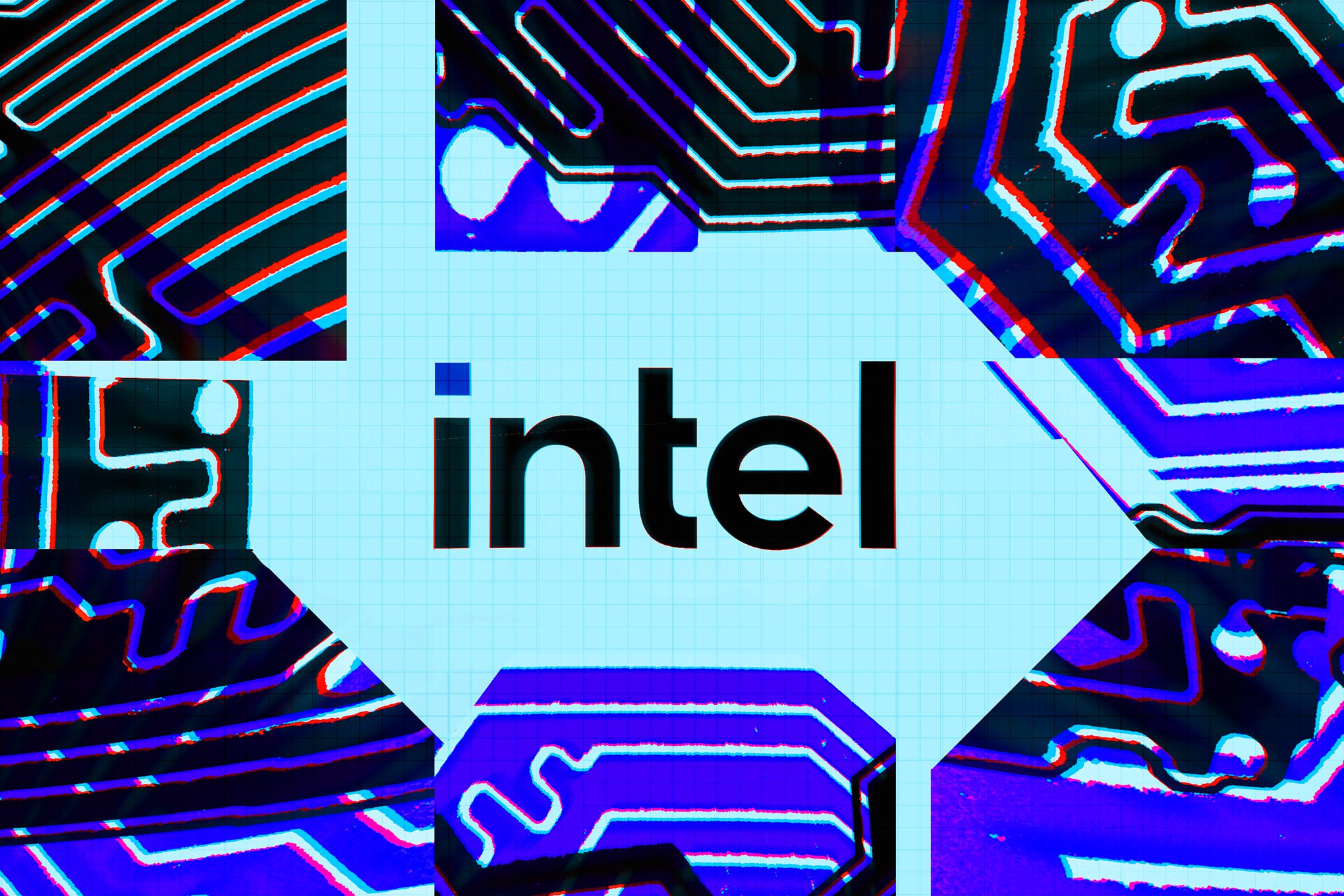
my ai shopping assistants are stuck in Despite the advancements in artificial intelligence, my recent experience with AI shopping assistants revealed that they often lag behind current trends and preferences.
my ai shopping assistants are stuck in
The Quest for a New Smartwatch
As a tech enthusiast, I was excited to explore the latest offerings in the smartwatch market. My eye was set on a couple of popular models: the Google Pixel Watch 4 and the Garmin Vivoactive 6. Both devices promised innovative features and seamless integration with my daily activities. However, when I turned to my AI shopping assistants for guidance, I encountered a surprising disconnect. Instead of recommending the latest models, these AI bots seemed to favor older watches that had been on the market for a couple of years.
AI Shopping Assistants: An Overview
In recent months, major tech companies such as OpenAI, Google, Perplexity, and Microsoft have rolled out new shopping features on their AI platforms. These enhancements are strategically timed for the holiday shopping season, a period when consumers are actively seeking gifts and personal purchases. The capabilities of these AI tools range from generating personalized buying guides to tracking prices and even making calls to local stores.
For instance, OpenAI’s ChatGPT can create tailored buying guides based on user preferences, while Microsoft’s Copilot offers price tracking features that alert users to price drops. Google’s Gemini takes it a step further by enabling users to call local retailers directly, streamlining the shopping experience. Despite these advancements, my experience raised questions about the effectiveness and relevance of these AI tools in real-time shopping scenarios.
Engaging with AI Shopping Assistants
To assess the capabilities of these AI shopping assistants, I decided to engage with four different bots. My goal was simple: find a new smartwatch that met my specifications. I expected that these advanced AI systems would provide me with up-to-date recommendations, considering the latest trends and consumer reviews. However, I was met with a series of unexpected results.
Initial Interactions
My first interaction was with ChatGPT. I provided a brief overview of my preferences, including my interest in the Google Pixel Watch 4 and Garmin Vivoactive 6. To my surprise, ChatGPT recommended several older models that had been popular in previous years. While it offered detailed specifications and features of these watches, it failed to recognize that I was looking for the latest innovations in smartwatch technology.
Next, I turned to Microsoft’s Copilot. I was hopeful that its price tracking feature would help me find the best deals on the models I was interested in. However, the recommendations were similarly outdated. Copilot suggested watches that were not only older but also lacked the features I was seeking, such as advanced health tracking and smart notifications.
Exploring Other Options
My experience with Perplexity was no different. After inputting my preferences, the bot again directed me to older smartwatch models. While it provided useful information about the watches it recommended, I found myself questioning the relevance of its suggestions. It seemed as though the AI was operating with a limited dataset, one that did not include the latest releases or consumer trends.
Finally, I engaged with Google’s Gemini. This platform promised to call local stores on my behalf, which I found intriguing. However, when I asked for recommendations, I was again met with suggestions that did not align with my interests. The AI seemed to prioritize older models, leaving me frustrated and confused about the effectiveness of these shopping assistants.
Understanding the Limitations
After my experience with these AI shopping assistants, I began to reflect on the underlying limitations that may have contributed to their outdated recommendations. One significant factor is the data these AI systems rely on. Many AI models are trained on historical data, which can lead to a lag in recognizing new products and trends. This issue is particularly pronounced in fast-moving sectors like technology, where new devices are frequently released and consumer preferences shift rapidly.
Data Training and Relevance
The training data for these AI systems often includes user reviews, product specifications, and sales data from previous years. While this information can be valuable, it does not always reflect the current market landscape. As a result, AI shopping assistants may inadvertently prioritize older models that have received positive reviews in the past, rather than focusing on the latest innovations.
Moreover, the algorithms that power these AI systems may not be sophisticated enough to understand nuanced consumer preferences. For instance, while I was looking for a smartwatch that combined style with functionality, the AI seemed to focus primarily on technical specifications, overlooking the importance of design and user experience.
Consumer Expectations and AI Shopping
As consumers increasingly turn to AI for assistance in their shopping experiences, expectations are rising. Shoppers want personalized recommendations that reflect their unique tastes and preferences. In the case of my smartwatch search, I was looking for an AI assistant that could not only provide information but also understand the context of my request.
The Need for Improved Algorithms
To meet consumer expectations, AI shopping assistants must evolve. This evolution requires improved algorithms that can analyze real-time data and adapt to changing trends. Machine learning techniques could be employed to enhance the relevance of recommendations, ensuring that users receive up-to-date information about the latest products.
Additionally, integrating user feedback into the training process could help AI systems better understand consumer preferences. By learning from past interactions, these systems could refine their recommendations over time, providing a more personalized shopping experience.
Implications for Retailers and Consumers
The limitations of AI shopping assistants have broader implications for both retailers and consumers. For retailers, the challenge lies in ensuring that their products are accurately represented in AI databases. This may involve collaborating with AI companies to provide real-time updates on product launches and features. By doing so, retailers can enhance the visibility of their latest offerings and ensure that consumers are aware of new products.
Consumer Empowerment
For consumers, the experience of using AI shopping assistants serves as a reminder of the importance of conducting thorough research. While AI can provide valuable insights, it should not be the sole source of information when making purchasing decisions. Shoppers should complement AI recommendations with their own research, exploring reviews, comparisons, and expert opinions to ensure they are making informed choices.
The Future of AI in Shopping
As technology continues to advance, the future of AI in shopping holds promise. Companies are investing in developing more sophisticated AI systems that can better understand consumer behavior and preferences. The integration of natural language processing and machine learning could lead to more intuitive interactions, allowing AI assistants to engage in meaningful conversations with users.
Potential Developments
Looking ahead, we may see AI shopping assistants that can analyze a user’s social media activity, purchase history, and even lifestyle choices to provide hyper-personalized recommendations. Such advancements could revolutionize the shopping experience, making it more efficient and enjoyable for consumers.
However, achieving this level of sophistication will require ongoing investment in research and development. Companies must prioritize user experience and ensure that their AI systems are equipped to handle the complexities of modern consumer behavior.
Conclusion
While my experience with AI shopping assistants revealed significant limitations, it also highlighted the potential for growth and improvement in this field. As technology evolves, there is an opportunity for AI systems to become more relevant and effective in assisting consumers with their shopping needs. By addressing the current shortcomings and investing in advanced algorithms, AI shopping assistants can transform the retail landscape, offering personalized experiences that align with consumer expectations.
Source: Original report
Was this helpful?
Last Modified: November 27, 2025 at 5:36 pm
0 views















